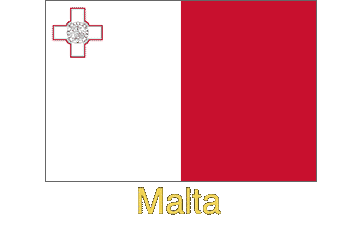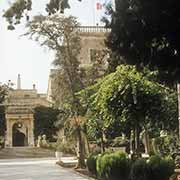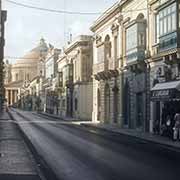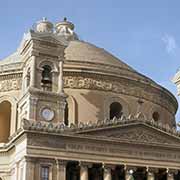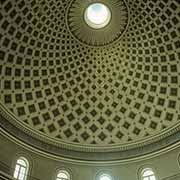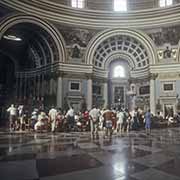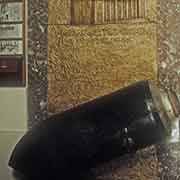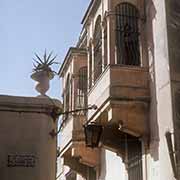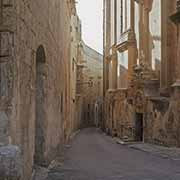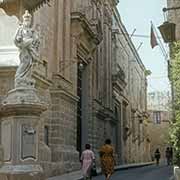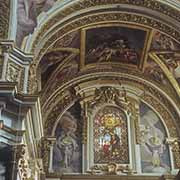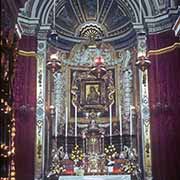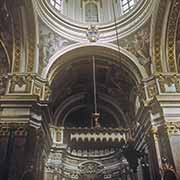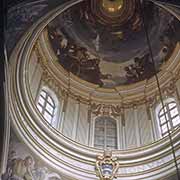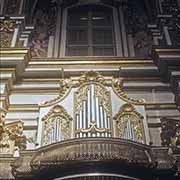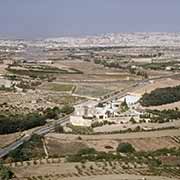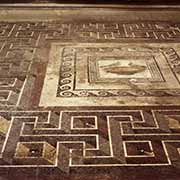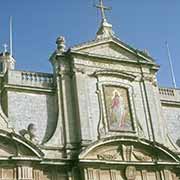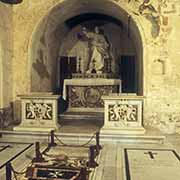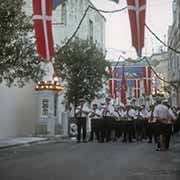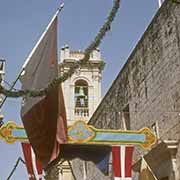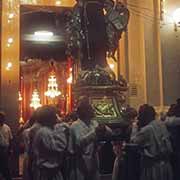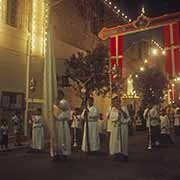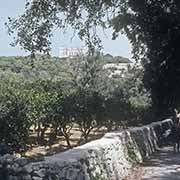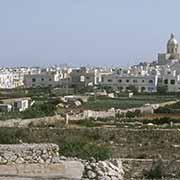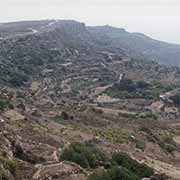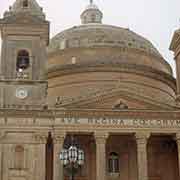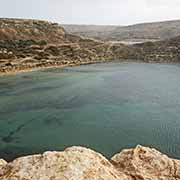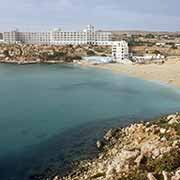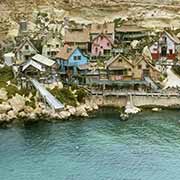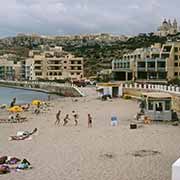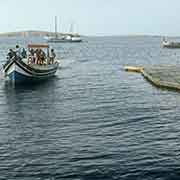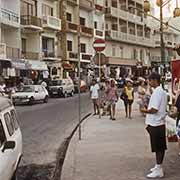Photos of the Northwest of Malta, Malta
The Northwest of Malta
The “Three Villages”, Attard, Balzan and Lija, are close together in the centre of Malta. When the Order of St. John governed Malta, they were a favourite site for country residences and hunting lodges. The San Anton Palace in Attard (Ħ'Attard) is the official residence of the President of Malta.
you may then send it as a postcard if you wish.
The town of Mosta is known for its Rotunda, a Roman Catholic parish church and Minor Basilica, built in the mid-19th century with a large dome inspired by the Pantheon in Rome. On 9 April 1942, the German Luftwaffe dropped two bombs on the church; one deflected without exploding, but one 500 kg high explosive bomb pierced the dome and entered the church. A congregation of more than 250 people was there for early evening mass. The bomb did not explode, interpreted as a miracle by the inhabitants. A similar bomb is displayed in the sacristy at the back of the church.
South of Mosta is Mdina (from Arabic “Medina”, City), also known by its Italian titles Città Vecchia (Old City) or Città Notabile. This fortified city served as the island’s capital from antiquity to the Middle Ages. Adjoining it is Rabat (a Semitic word meaning “fortified town”), and both formed part of the Roman city of Melite. In 60 CE, the Apostle Paul reputedly lived in a cave; the Parish Church of St. Paul in Rabat is built over it. And St. Paul’s Cathedral in Mdina is founded on the site where, according to tradition, Roman governor Publius met him following his shipwreck on Malta’s north coast.
There are scenic spots like the cliffs of Dingli and sandy beaches along the northwest coast of the island; Golden Bay, in Għajn Tuffieħa, is one of the most popular, but Mellieħa (or Għadira) Bay is Malta’s largest sandy beach. According to tradition, St. Paul’s Bay (San Pawl il-Baħar) is the place where, in 60 CE, the Apostle, on his way to Rome to be tried as a political rebel, was shipwrecked. Xemxija, with its fishing harbour, and Buġibba are now popular resorts.


